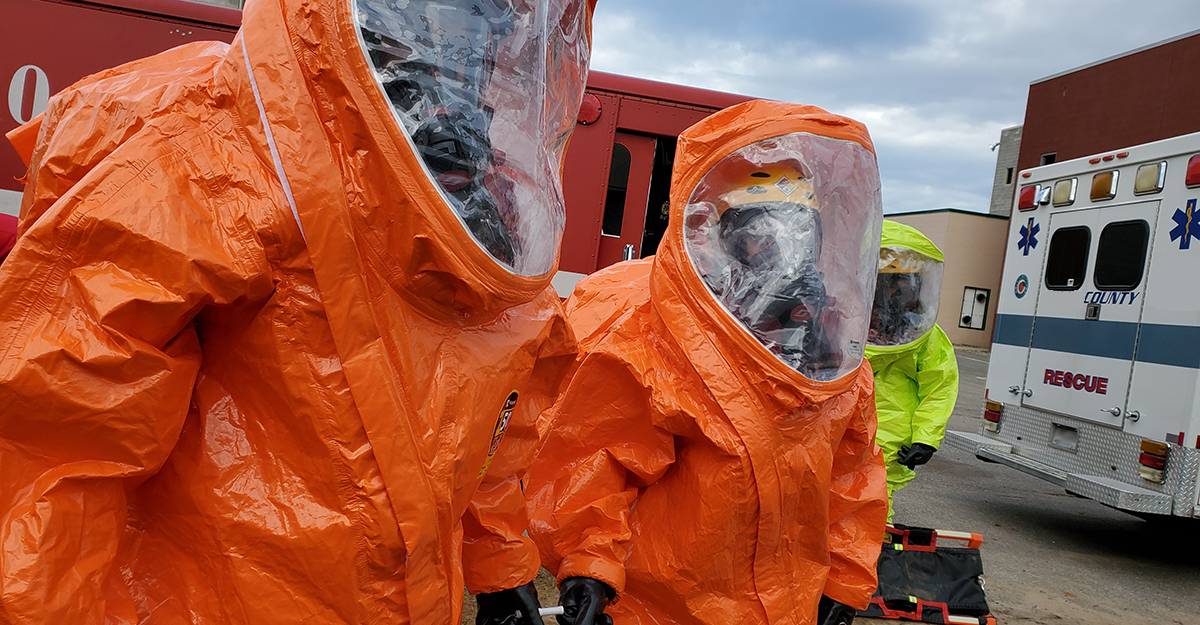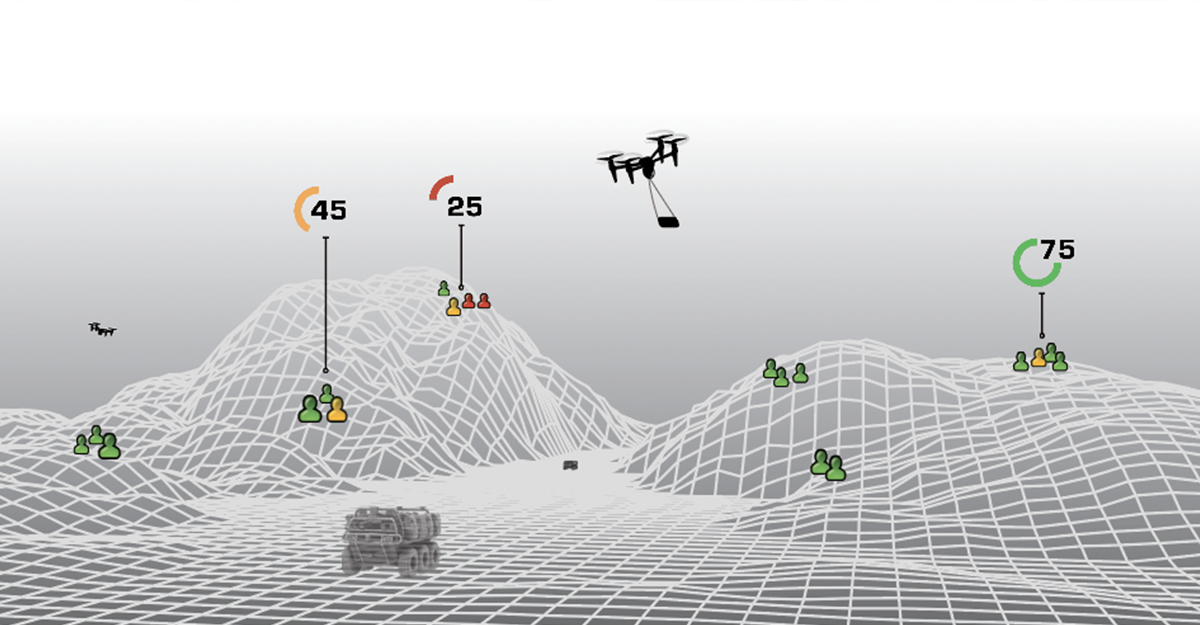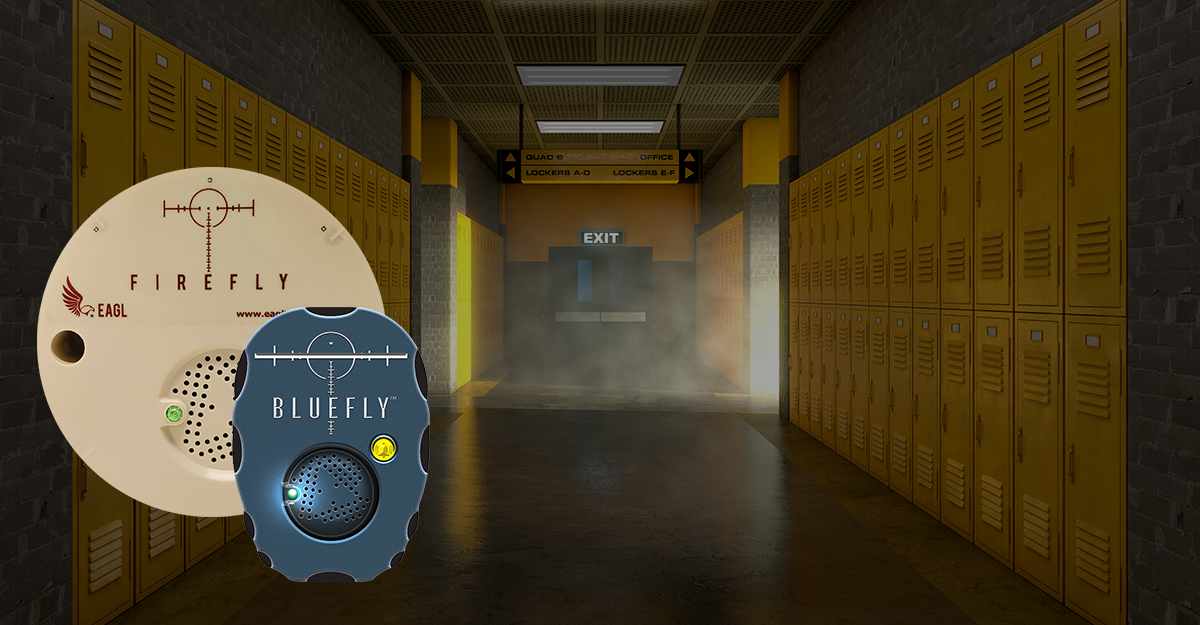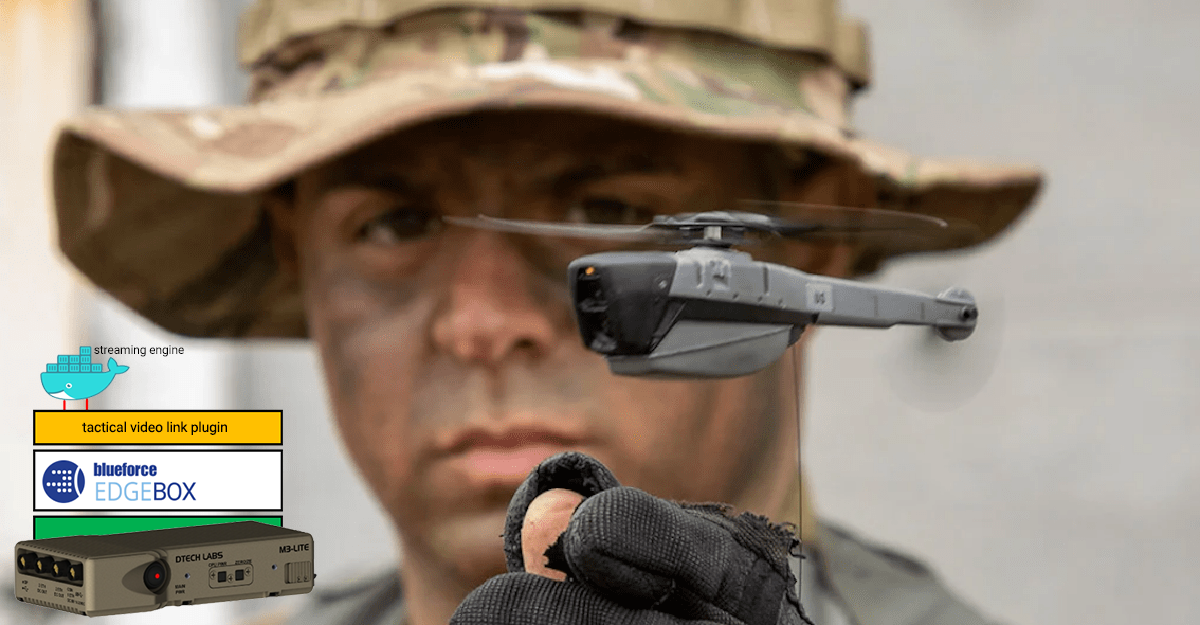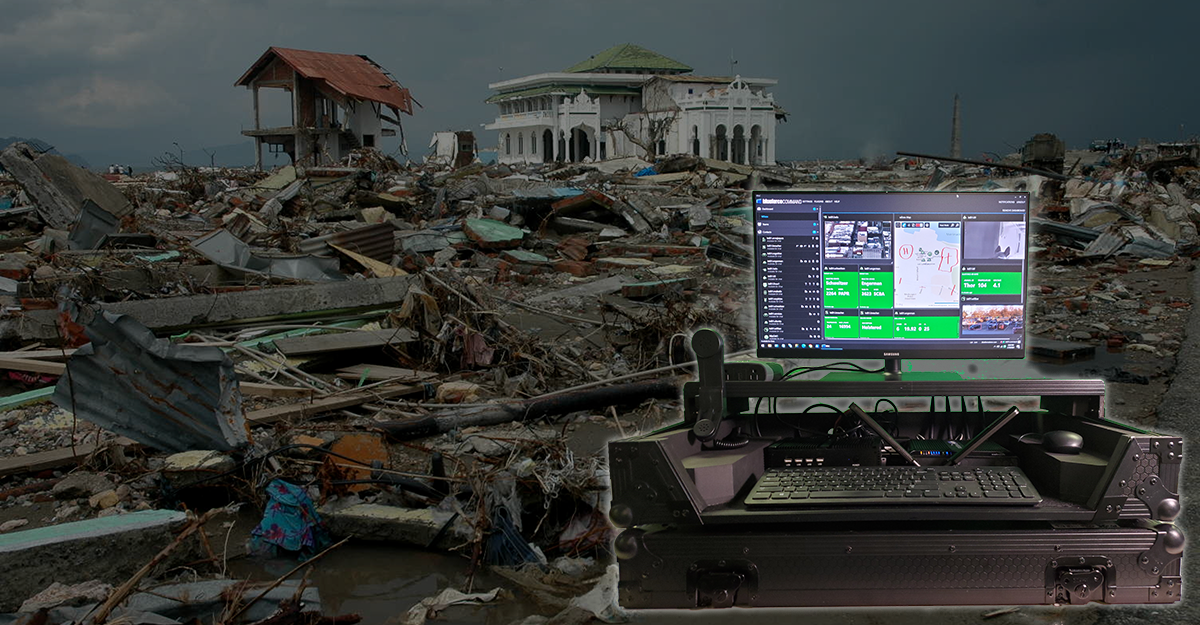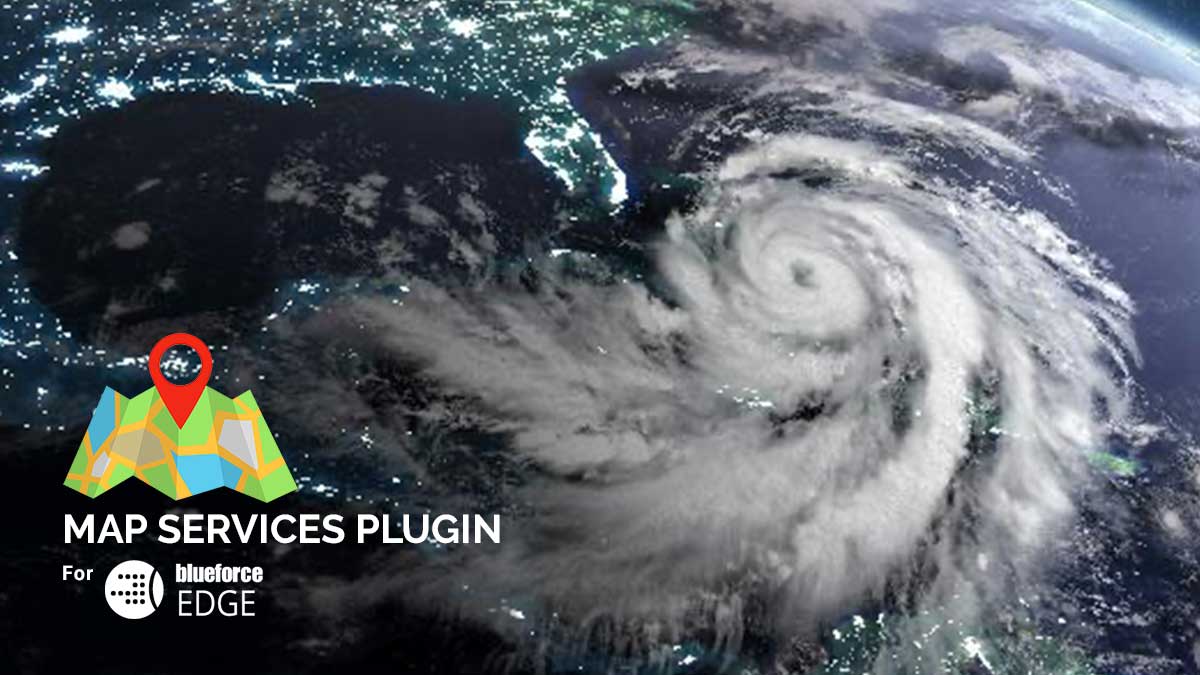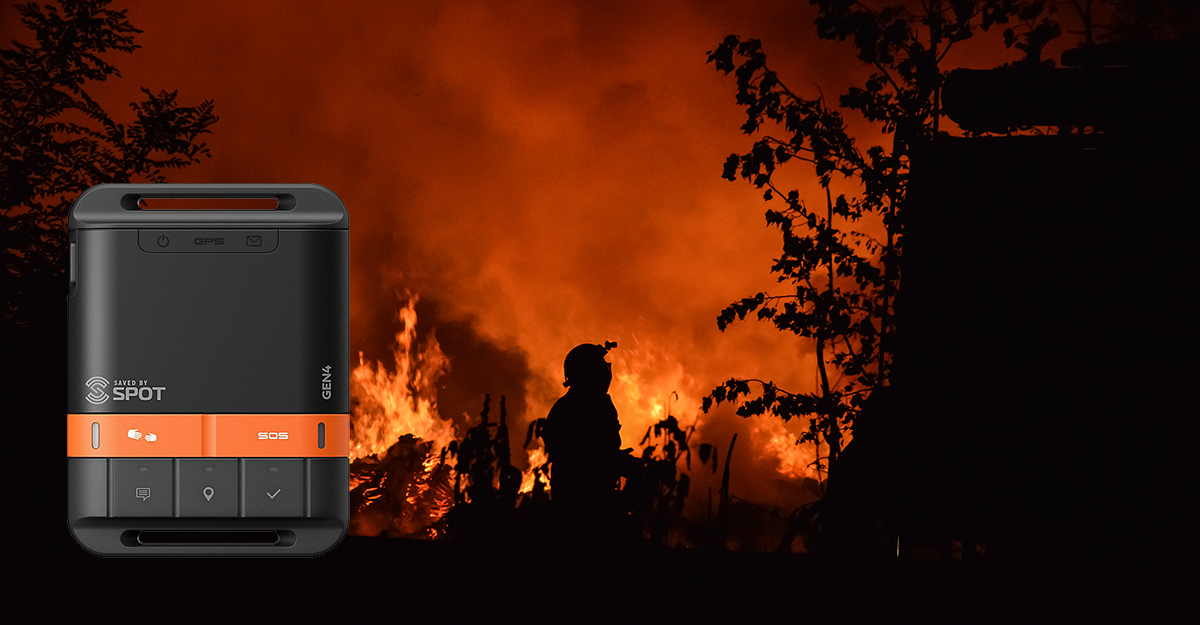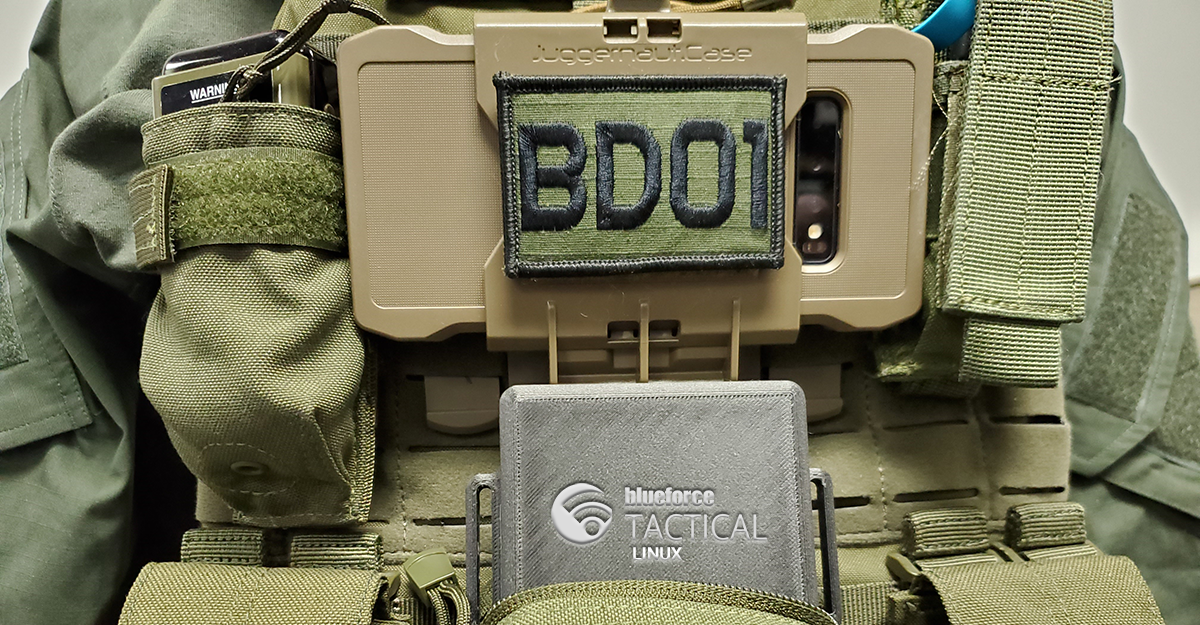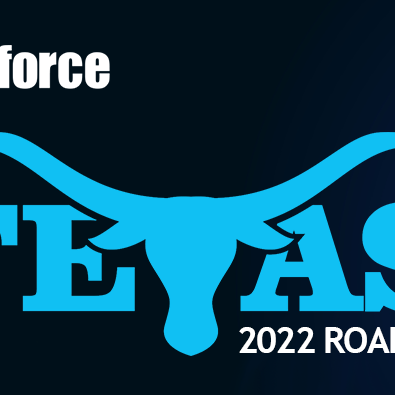The complex environment of warfare and mass casualty incidents produces multiple environmental hazards that can harm personnel and prevent the accomplishment of military and public safety objectives. The renewed use of chemical weapons in Syria, contaminated water in military on continental United States (CONUS) bases, and a deadly fourth generation agent (FGA) employment in United Kingdom illustrate the continuing evolution of methods and hazards. The lack...
Read MoreThe 2022 Blueforce Texas Road Show
The 2022 Blueforce Texas Road Show gives you hands-on access to the latest in Public Safety, Safe Campus, and Autonomous Platform technologies. The Road Show kicks off Tuesday October 11, 2022 in Houston. For more information, click here…


